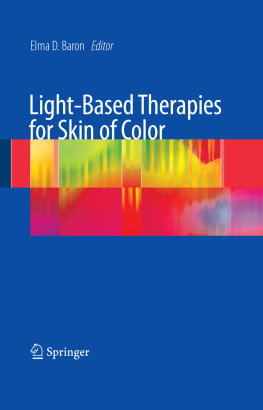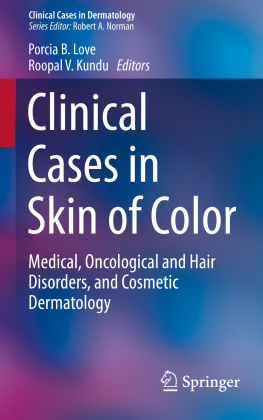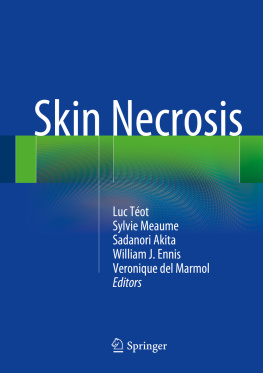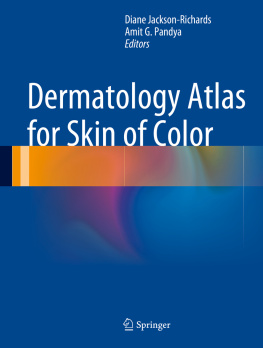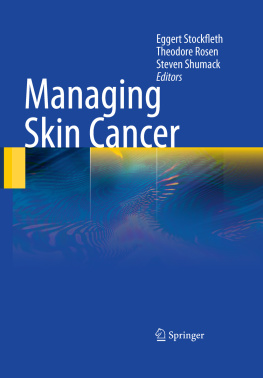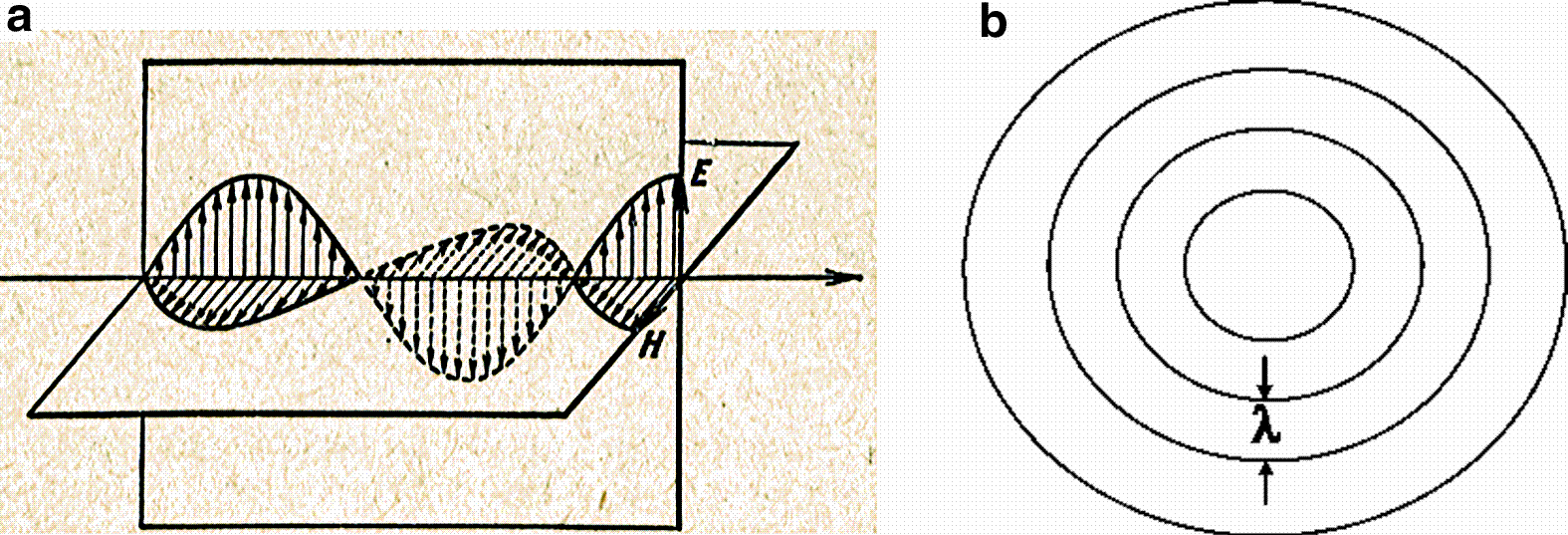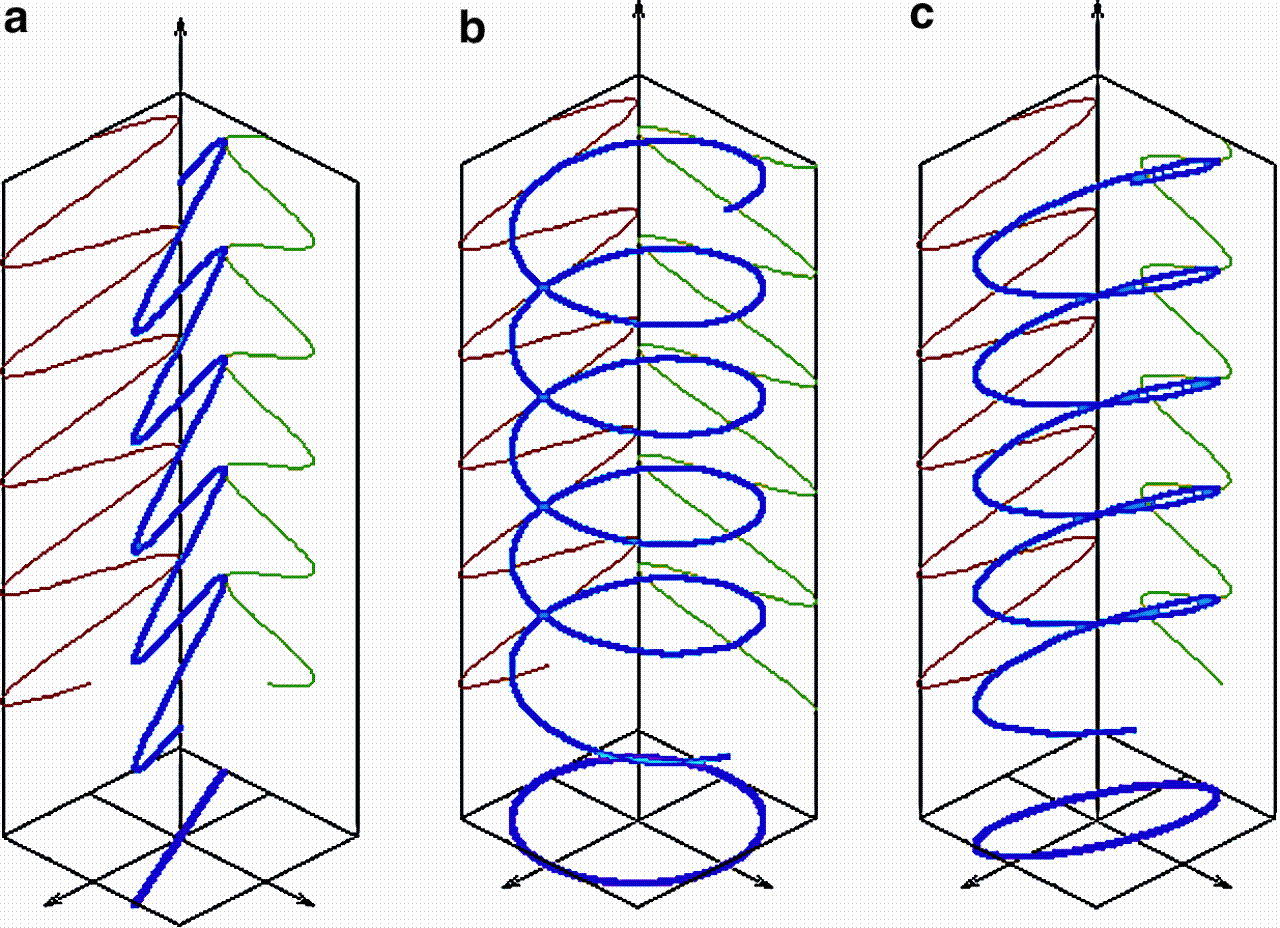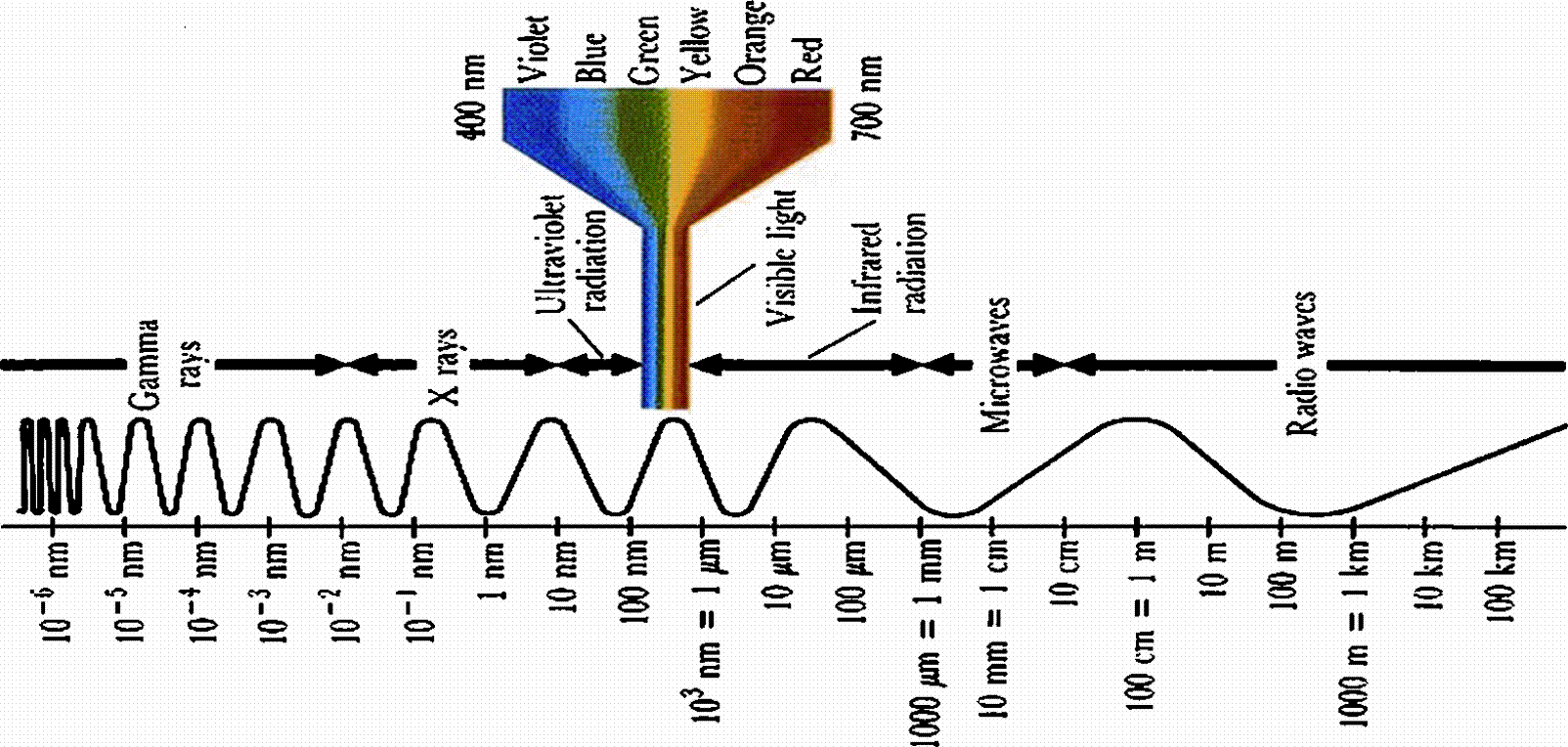Elma Baron (editor) - Light-Based Therapies for Skin of Color
Here you can read online Elma Baron (editor) - Light-Based Therapies for Skin of Color full text of the book (entire story) in english for free. Download pdf and epub, get meaning, cover and reviews about this ebook. year: 2009, publisher: Springer London Ltd, genre: Romance novel. Description of the work, (preface) as well as reviews are available. Best literature library LitArk.com created for fans of good reading and offers a wide selection of genres:
Romance novel
Science fiction
Adventure
Detective
Science
History
Home and family
Prose
Art
Politics
Computer
Non-fiction
Religion
Business
Children
Humor
Choose a favorite category and find really read worthwhile books. Enjoy immersion in the world of imagination, feel the emotions of the characters or learn something new for yourself, make an fascinating discovery.
- Book:Light-Based Therapies for Skin of Color
- Author:
- Publisher:Springer London Ltd
- Genre:
- Year:2009
- Rating:5 / 5
- Favourites:Add to favourites
- Your mark:
Light-Based Therapies for Skin of Color: summary, description and annotation
We offer to read an annotation, description, summary or preface (depends on what the author of the book "Light-Based Therapies for Skin of Color" wrote himself). If you haven't found the necessary information about the book — write in the comments, we will try to find it.
Light-based therapies have been a major component of dermatologic practice. Historically, these treatment modalities have been mainly tailored to the treatment of patients with light skin. Principles governing use of light therapies in skin of color are less defined. However, there is a tremendous need to understand the benefits and limitations of these therapeutic options for dark-skinned patients as well. Demographic data in the United States alone indicate that the population and recipients of health care are rapidly changing with regard to skin phototype. Physicians who are involved in the delivery of care for patients with cutaneous problems that can be addressed by light treatments need to be able to fully understand the mechanisms, applications, risks, efficacy, adverse events, and other pertinent issues in considering treatment options for their patients with pigmented skin.
Elma Baron (editor): author's other books
Who wrote Light-Based Therapies for Skin of Color? Find out the surname, the name of the author of the book and a list of all author's works by series.

